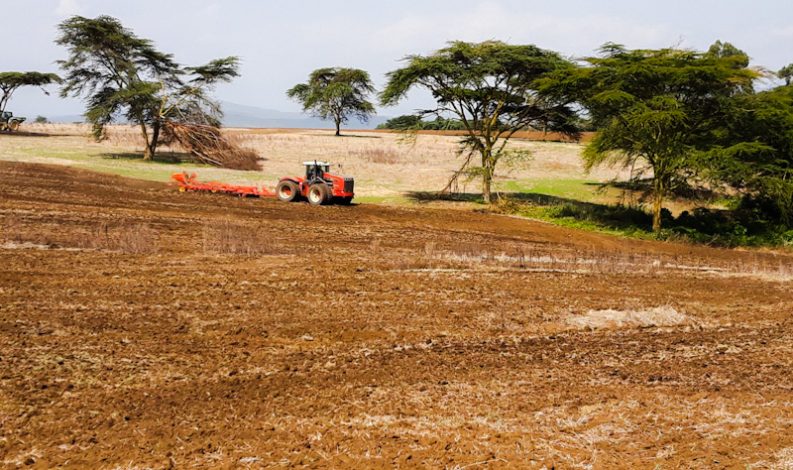Kenya’s fiscal deficit could go up 9.0 per cent of Gross Domestic Product (GDP) equivalent to Ksh 1,000.2 billion in the fiscal year 2020/21 from 7.8 per cent in the current fiscal year.
This may result in rising interest rates as it will need to borrow more to meet the shortfall.
“To finance the fiscal deficit in the FY 2020/21, domestic borrowing is projected at Ksh 572.7 billion and foreign financing at Ksh 427.5 billion. In the medium term, debt is projected to remain sustainable,” according to the draft 2021 budget policy statement.
Treasury says it will focus on its expenditure ‘prioritization policy’ aimed at ensuring equity and minimizing costs through the elimination of duplication and inefficiencies, creation of employment opportunities and improving the general welfare of the people.
“This will curtail growth in public expenditures to ensure it attains its fiscal consolidation path over the medium term and it will ensure the debt is maintained within sustainable levels. The fiscal deficit is expected to decline from 7.8 per cent of GDP in FY 2019/20 to around 3.6 per cent of GDP by FY 2024/25.”
In the fiscal year, Treasury estimates that the Kenyan economy will expand at 6.4 per cent in 2021, after a historically low growth rate of 0.6 per cent in 2020.
Treasury says stable macroeconomic environment, the ongoing public investments in infrastructure projects, the Economic Stimulus Program, the post-Covid-19 Economic Recovery Strategy, and improved trade as nations recover from the Covid-19 will drive the economic growth.
“To achieve this target, the Government will continue to restrict growth in recurrent spending and double its effort in domestic resource mobilization,” says Treasury.
Consequently, Treasury expects revenue collection to grow by 9 per cent to KSh 1.829 Trillion at the end of the fiscal year 2020/2021, from KSh1.675 trillion collected at the end of the ongoing fiscal year.
Total revenue collection reached KSh 800.1 billion in the first half of the fiscal year 2020/2021 that ended on 31st December 2020, below government’s target of KSh 907.7 billion.
“Revenues are expected to progressively improve in the second half of the fiscal year following the gradual reopening of the economy and the increased demand for imports as well as improved domestic sales. Revenue performance is also expected to get a boost from the reversal of tax reliefs, introduced in April 2020, effective January 2021.”





2 Comments
Pingback: Fiscal Discipline ‘Crucial’ in Managing Kenya’s Deficit
Pingback: IMF Approves $2.3 Bn for Kenya to Finance Covid-19 Response